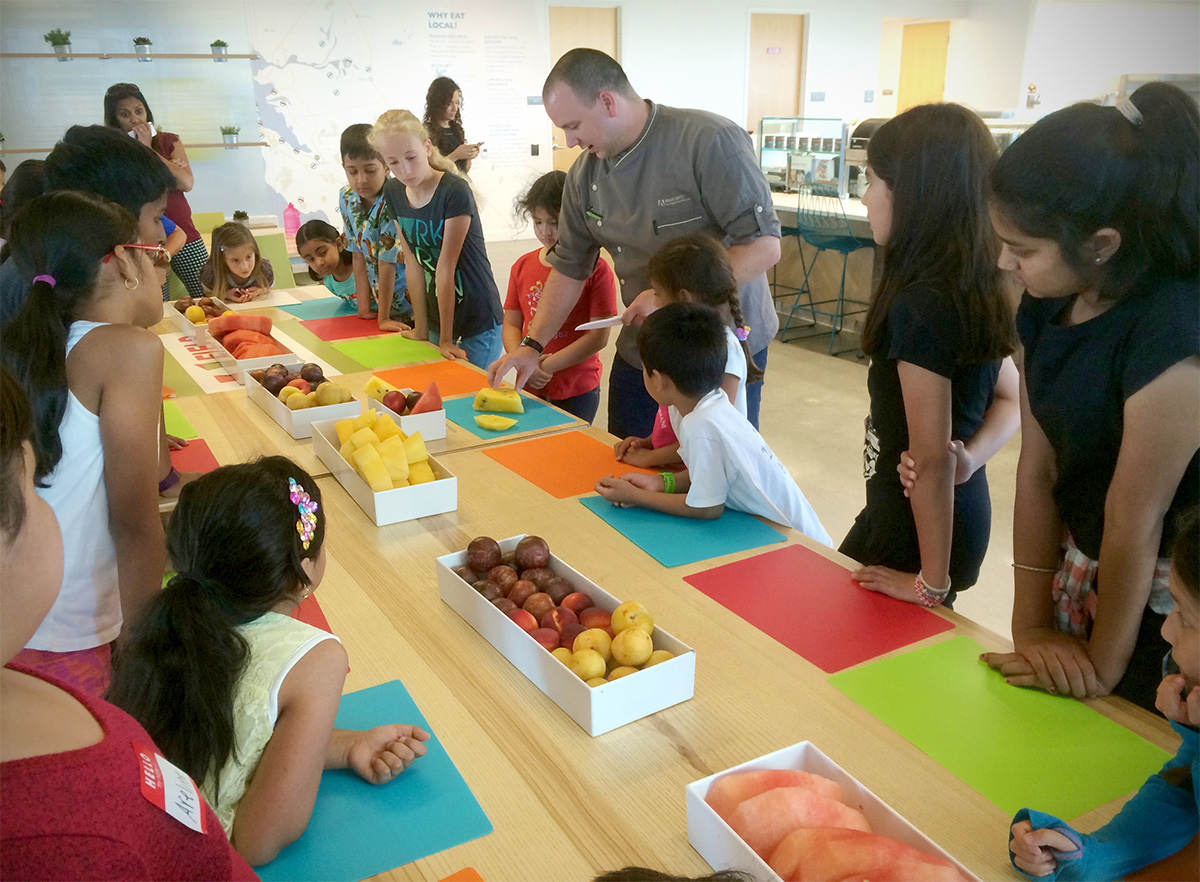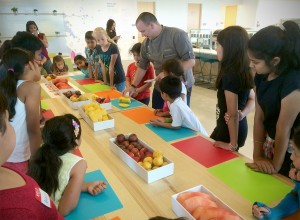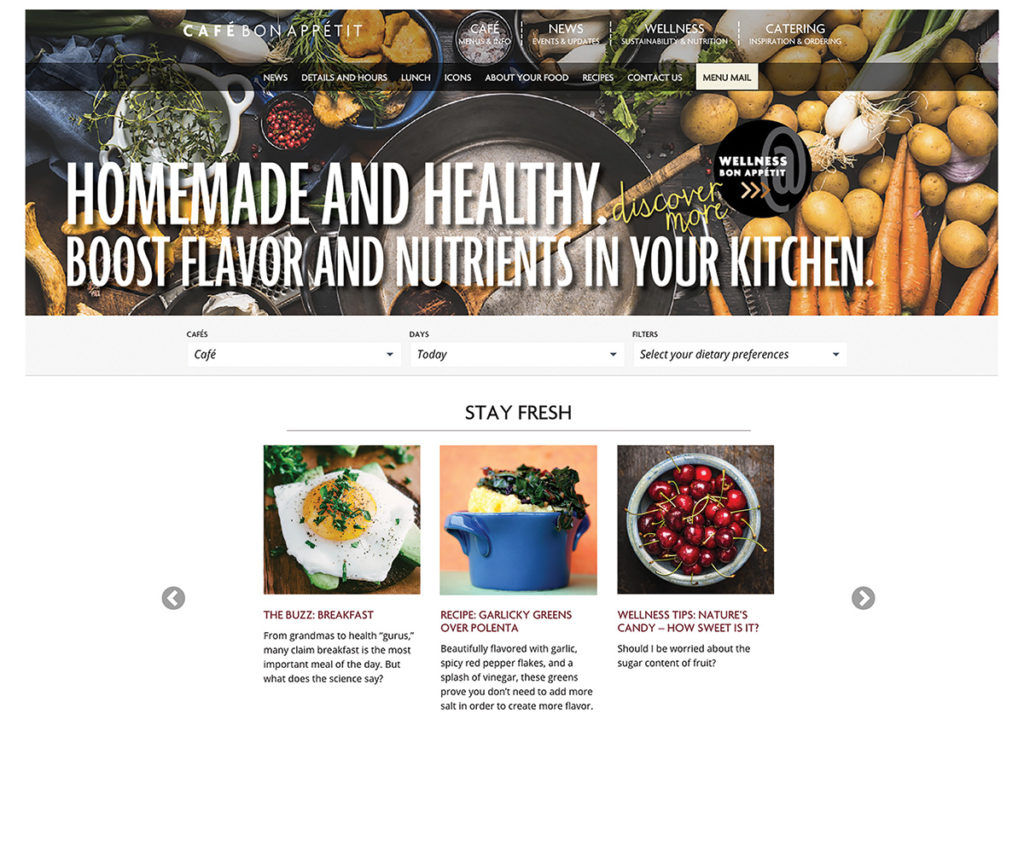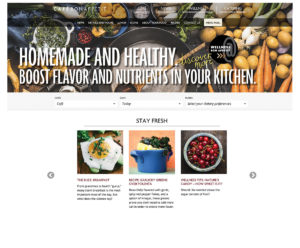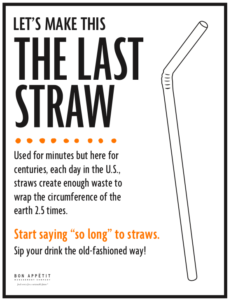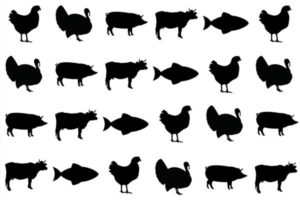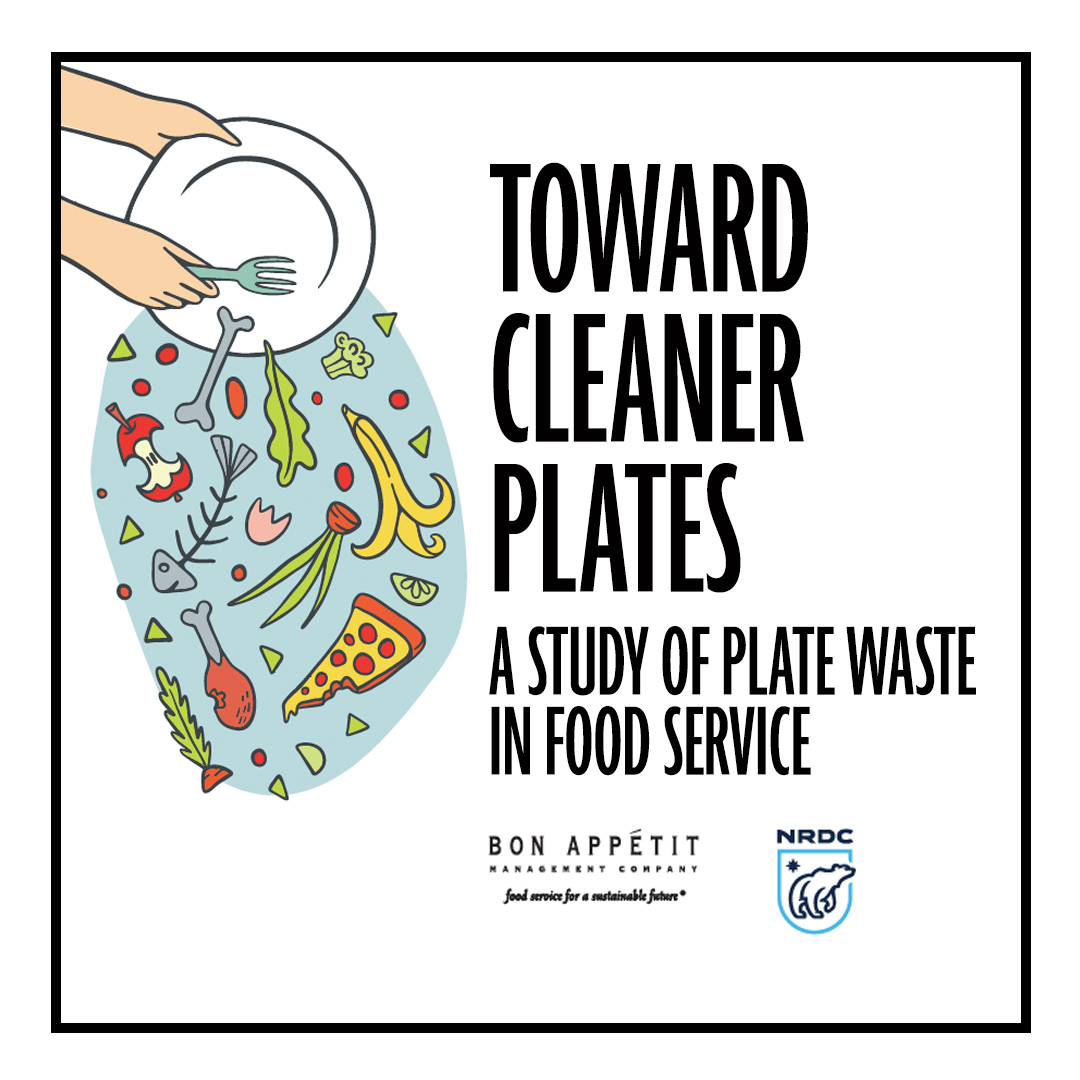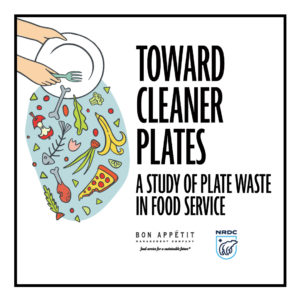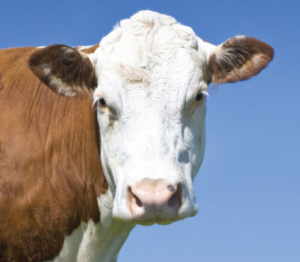While more and more Americans are thinking about where their food comes from, few if any are thinking about the hands that picked the leaves in their cup of tea. But Bon Appétit is. We’ve long recognized and celebrated the people at the very beginning of our supply chain, for example through our Farm to Fork program and advocacy for farmworkers’ rights. Tea may start a few extra thousand miles away from where our vegetable and animal protein stories begin, but we’re up for the challenge.
“Bon Appétit Management Company has been and continues to be a true leader in sustainable sourcing. They were one of the first food service providers to bring U.S. farmworker issues to the limelight, and are again blazing trails to support tea farmers and workers worldwide through Fair Trade. Wherever the bar was set in the industry, Bon Appétit has raised it.”
— Sri Artham, Vice President of Consumer Packaged Goods, Fair Trade USA
Bon Appétit is proud to be the first food service provider to make a commitment to Fair Trade tea. On October 1, 2015, in honor of Fair Trade Month, we announced we were switching all the tea* we serve our guests — including single-serve brewed and bulk-brewed (hot and cold) — to Fair Trade Certified tea. We have selected Numi® Tea as our preferred supplier of Fair Trade brewed tea. In locations where bottled and/or canned teas are sold, our cafés will also offer Honest Tea® as a Fair Trade Certified option.** Accounts will have one year to make these changes.
The story of most tea is hard to swallow. The majority of leaves are grown in China, India, Sri Lanka, and Kenya, where they are picked almost exclusively by hand and mostly by women (75 percent). Workers on tea plantations often face human rights abuses, cripplingly low wages, and health issues caused by the backbreaking work of picking and pesticide exposure. On small farms, the same is true, compounded with international market pressures that yield minuscule profits for small growers.
By moving to Fair Trade Certified tea, Bon Appétit is helping to alleviate poverty in ways that improve lives, empower communities, and protect the environment. Fair Trade offers producers stable prices, a Fair Trade premium (paid on top of the agreed Fair Trade price, the premium is used to invest in local communities, often going toward education, healthcare, or farm improvements) and empowers farmers and workers (committees comprising men and women democratically decide how their premium is used). It also sets standards for safe working conditions, sustainable wages, and rewards and encourages farming and production practices that are environmentally sustainable.
Everybody wins — including the Bon Appétit guests who can enjoy a calming cup knowing they are contributing to a more just and sustainable system.
*The only exceptions to this policy are where it conflicts with requirements from our nationally branded concept partners, and the tea we source through enrolled Farm to Fork vendors.
**Our Pepsi®-exclusive units may offer Honest Tea only if their agreement allows for it.
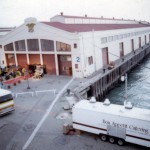

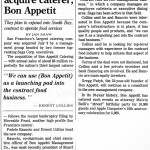
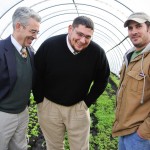
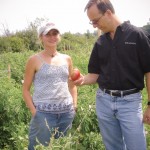
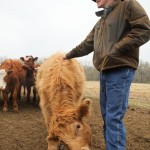
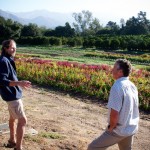
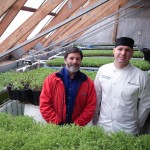
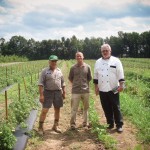

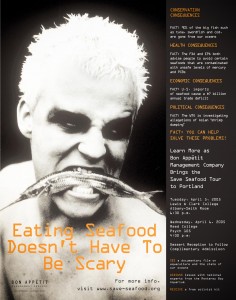
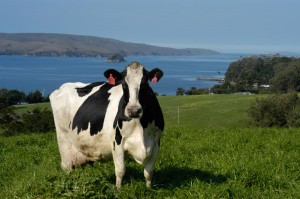
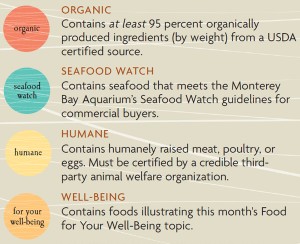
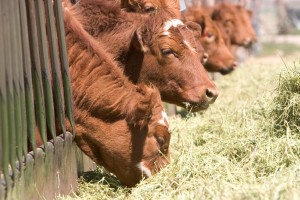

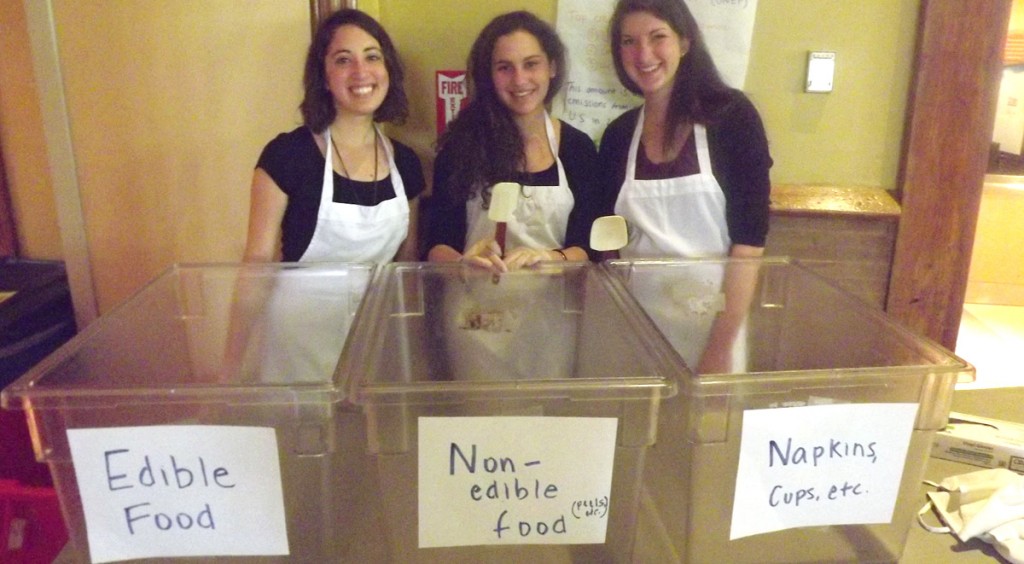
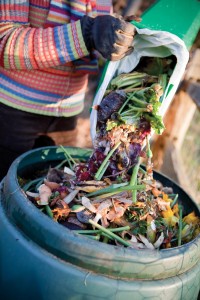
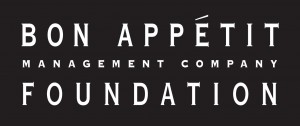

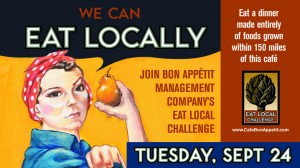
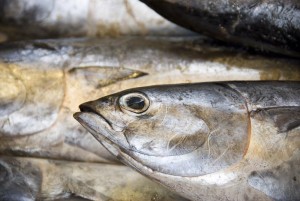
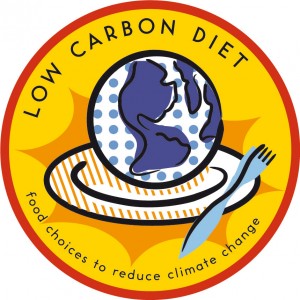


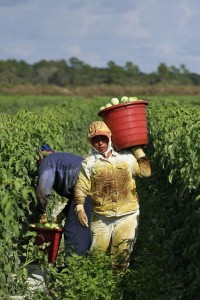



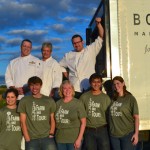
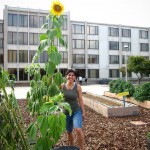
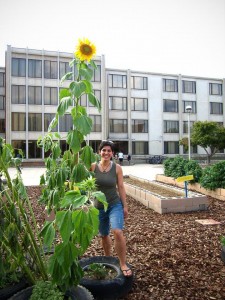

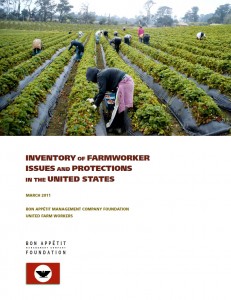
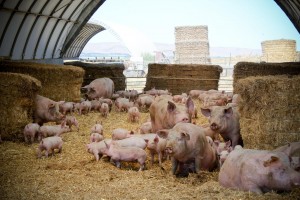
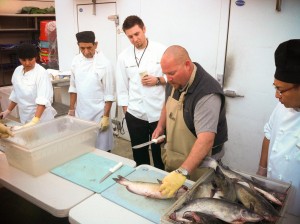
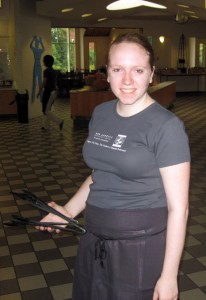
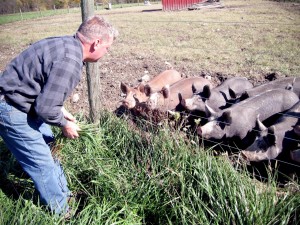
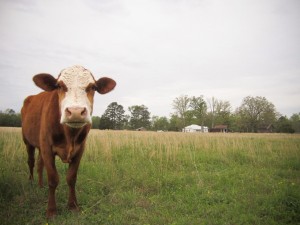
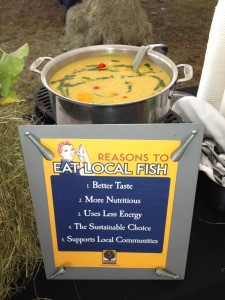
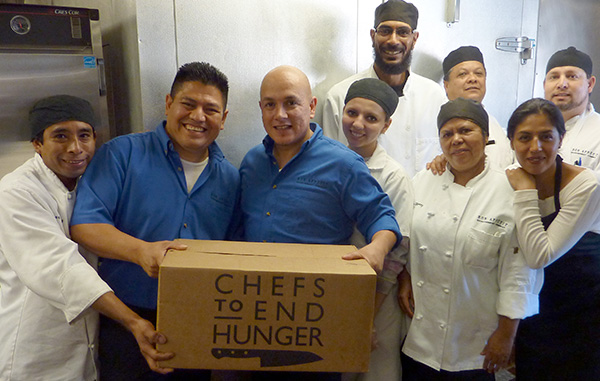
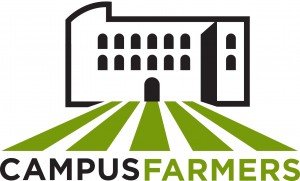
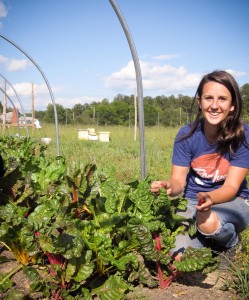
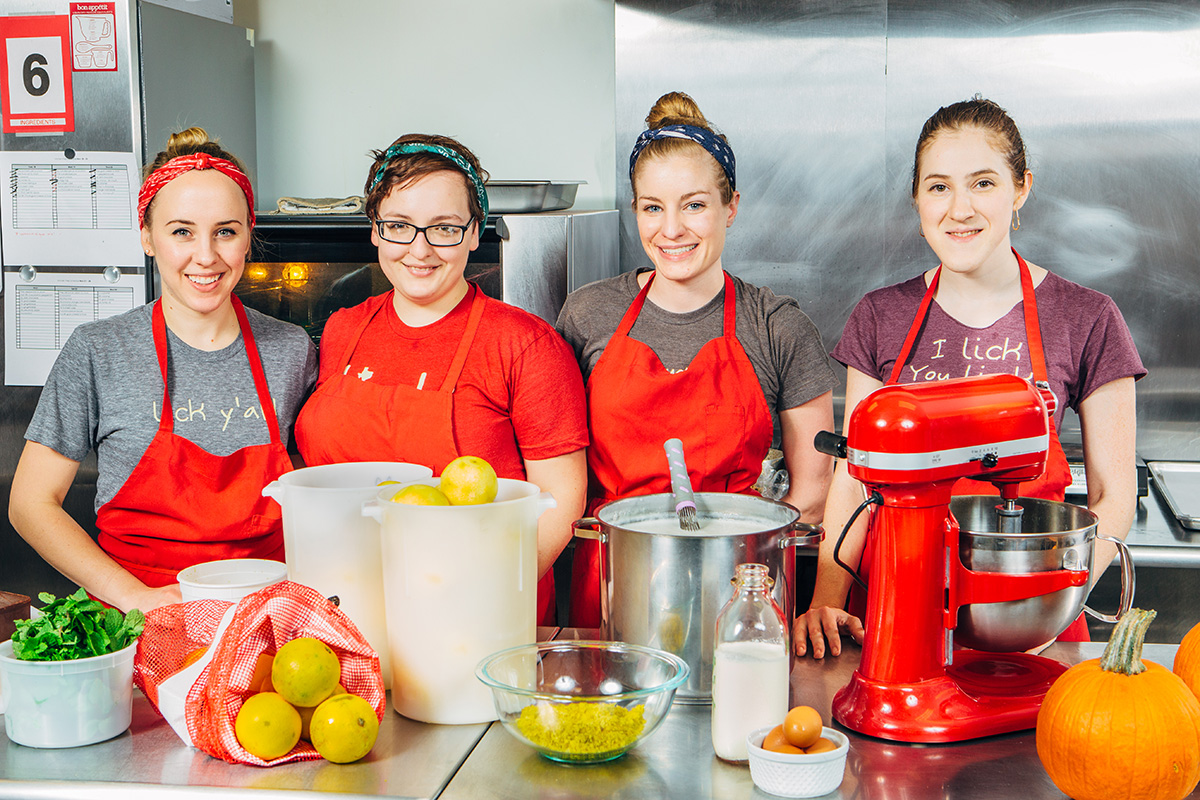
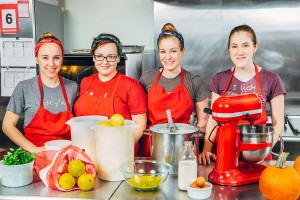
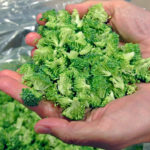 Broccoli “fines”: The small florets left over in processing when the big heads are broken into retail-sized bags. They’re usually thrown away, but they’re great for stir fries and quiches, and another revenue stream for farms.
Broccoli “fines”: The small florets left over in processing when the big heads are broken into retail-sized bags. They’re usually thrown away, but they’re great for stir fries and quiches, and another revenue stream for farms.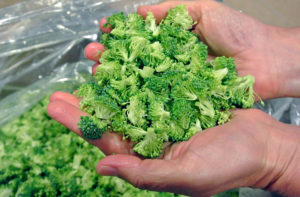



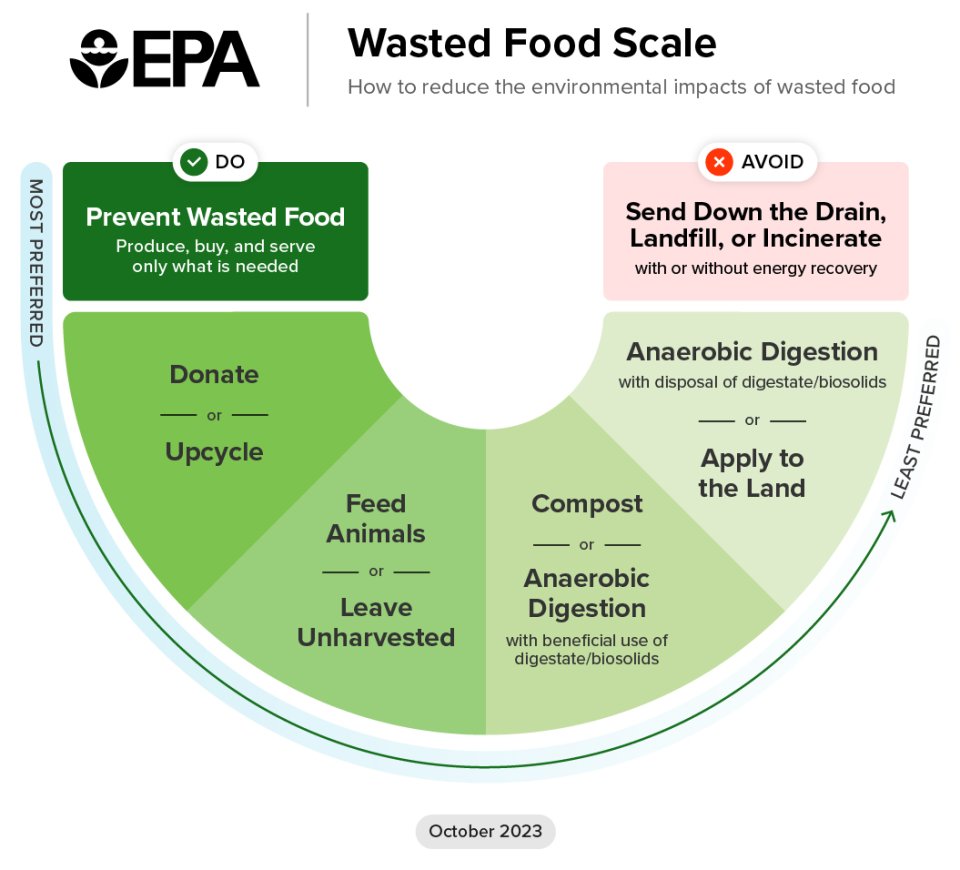
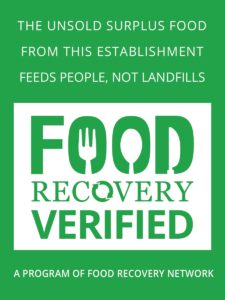
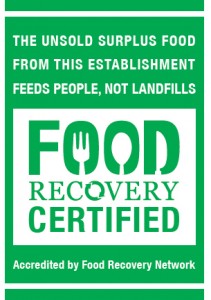
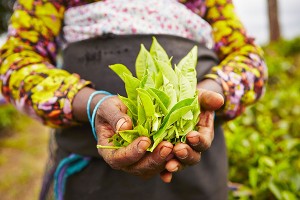
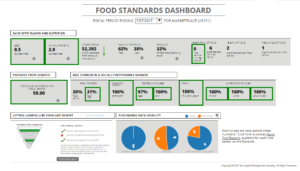
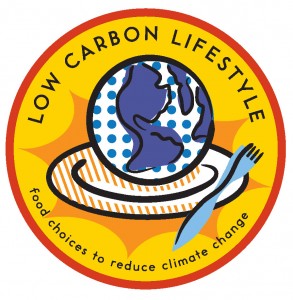 When Bon Appétit started our
When Bon Appétit started our 